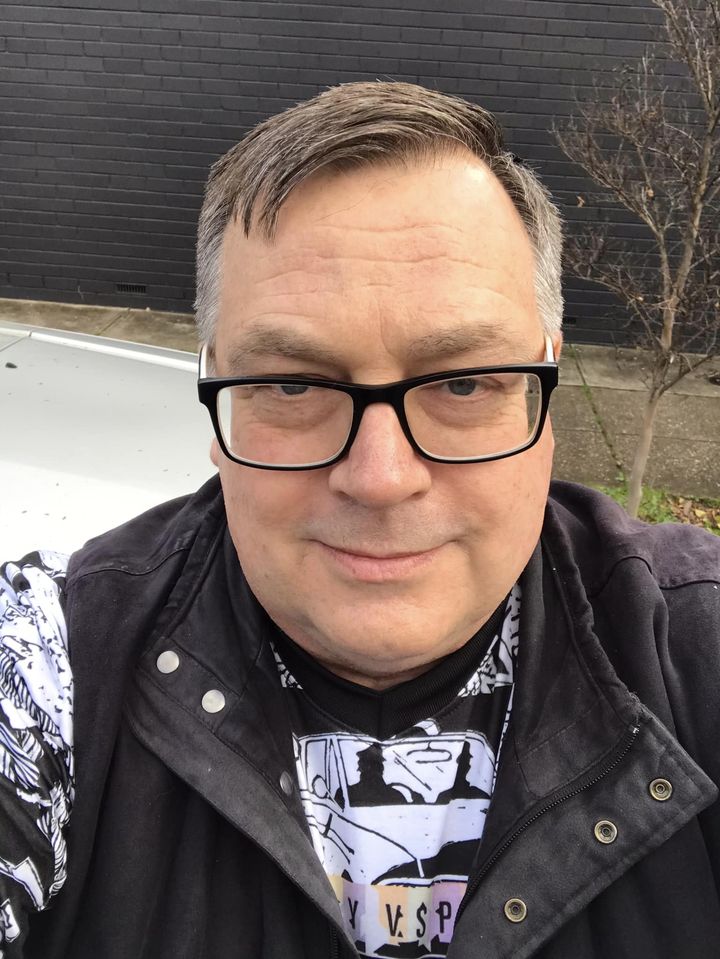The use of sound effects in theatre has evolved dramatically from the early 20th century to the present day, shaping the way audiences experience live performances. What began as simple, rudimentary techniques has developed into sophisticated sound design that enhances storytelling and immerses spectators in the world of the play. Let’s embark on a journey through time to explore the fascinating history of sound effects in theatre.
In the early 1900s, sound effects were primarily produced manually by stagehands using various props and devices backstage. These effects were often crude and relied heavily on physical manipulation, such as rattling chains to create the sound of thunder or clapping coconut shells to mimic the sound of horse hooves. Despite their simplicity, these techniques were effective in creating atmosphere and enhancing the realism of stage productions.
As technology advanced, so did the capabilities of sound effects in theatre. The invention of the phonograph in the late 19th century allowed for the playback of recorded sound, opening up new possibilities for creating immersive auditory experiences on stage. In the 1920s and 1930s, radio dramas became increasingly popular, further pushing the boundaries of sound design and inspiring theatre practitioners to experiment with pre-recorded sound effects.
The advent of film in the early 20th century also had a significant impact on sound design in theatre. Filmmakers developed innovative techniques for creating realistic soundscapes, such as the use of foley artists to create custom sound effects in post-production. Theatre designers began to adopt similar techniques, incorporating pre-recorded sound effects and music into their productions to heighten dramatic tension and emotional impact.
The golden age of radio in the 1940s and 1950s brought sound effects to the forefront of popular culture, as audiences across the globe tuned in to listen to thrilling dramas and comedies broadcast live. Theatre productions began to incorporate radio-style sound design, with sound effects artists stationed backstage to create aural illusions in real-time. This era marked a turning point in the evolution of sound effects, as designers embraced new technologies and techniques to push the boundaries of what was possible on stage.
The advent of digital technology in the latter half of the 20th century revolutionized sound design in theatre once again. Digital audio workstations and synthesizers allowed designers to create complex soundscapes with unprecedented precision and flexibility. Instead of relying solely on pre-recorded sound effects, designers could now manipulate and sculpt sound in real-time, blending recorded audio with live performance to create seamless and immersive experiences for audiences.
Today, sound design plays a crucial role in shaping the audience’s perception of a theatrical production. From blockbuster musicals on Broadway to avant-garde experimental performances in small black box theaters, sound designers work tirelessly to create sonic landscapes that complement and enhance the visual and narrative elements of the production. Whether it’s the haunting sound of a distant train whistle or the thunderous roar of a simulated explosion, sound effects have the power to transport audiences to new worlds and evoke powerful emotions.
In conclusion, the history of sound effects in theatre is a story of innovation, creativity, and technological advancement. From humble beginnings as simple manual techniques to the cutting-edge digital sound design of today, sound effects have played a vital role in shaping the way we experience live performance. As technology continues to evolve, one can only imagine the exciting possibilities that lie ahead for the future of sound design in theatre.








